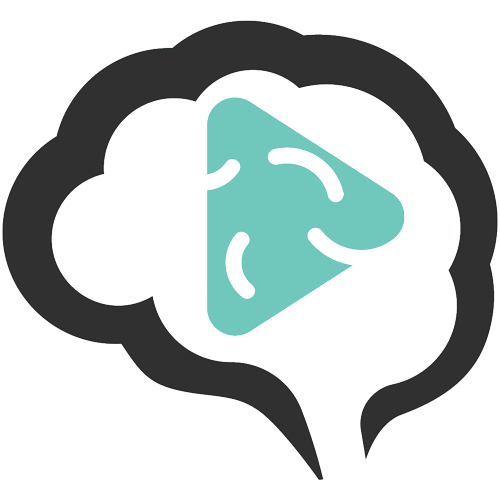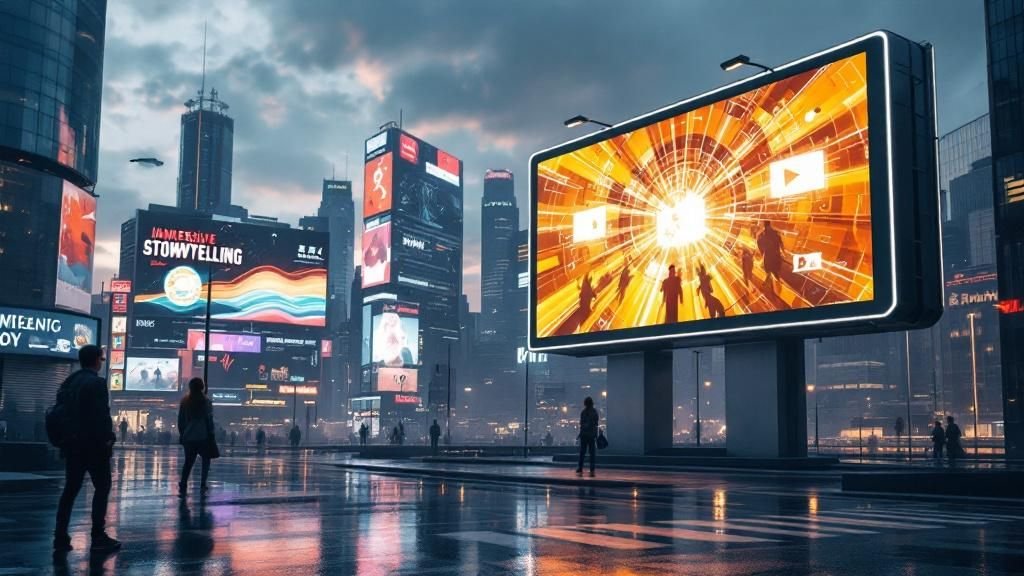From Clicks to Conversions: Building Smarter Campaigns Through Storytelling
Key Takeaways
Storytelling enhances campaign engagement by creating emotional connections.
Effective narratives can significantly boost conversion rates.
Tailored stories help target specific audience segments more precisely.
Combining storytelling with data analytics enhances campaign results.
Using consistent storytelling across platforms reinforces brand identity.
In today's digital landscape, the journey from clicks to conversions hinges on the art of storytelling in marketing. By crafting narratives that resonate with your audience's values, emotions, and experiences, you can create campaigns that are not only informative but also captivating and memorable. This approach stirs emotions and drives action, making your marketing efforts more impactful. The quality content importance cannot be overstated in this process. Investing in professional production, compelling writing, and authentic visuals ensures that your narratives engage effectively. Moreover, authenticity and transparency are essential in building trust and connection with your audience, enhancing the overall impact of your marketing campaign.
The Science Behind Storytelling in Marketing
Storytelling in marketing transforms mundane messages into compelling narratives by tapping into the human psyche. By weaving stories into your campaigns, you can create emotional connections with your audience, making your brand more memorable and relatable. This approach not only captures attention but also enhances conversion optimization by fostering trust and loyalty among consumers.
For example, in the travel industry, a company might share a story about a family’s unforgettable vacation experience, highlighting the emotions and memories created. This narrative approach not only showcases the product but also resonates with potential customers on a personal level, encouraging them to envision their own adventures.
By integrating storytelling into your marketing efforts, you can build smarter campaigns that not only attract clicks but also convert them into loyal customers. This method leverages the emotional power of stories to create lasting impressions, ultimately contributing to the overall success of your marketing initiatives.
Turning Data Into Narrative: Crafting Campaigns That Resonate
Tracing its evolution from the early days of traditional advertising, storytelling has become an integral part of modern marketing strategies. This transformation is largely due to the emotional structure in branding, where authentic narratives create deep connections with audiences. By crafting stories that resonate, brands can significantly influence customer loyalty and purchasing decisions, leading to an increase in customer loyalty. This method is more than just content creation; it is about forming meaningful relationships that enhance customer retention and brand advocacy.
Digital storytelling effects are particularly pronounced on social media platforms, where engaging narratives can reach a broader audience and foster a sense of community. By leveraging these platforms, brands can enhance their perception and loyalty among consumers. This approach not only aids in building brand awareness but also humanizes the brand by sharing stories of challenges and values. Disruptive storytelling benefits marketers by cutting through the noise in a crowded marketplace, creating emotional connections that encourage engagement and sharing.
Emotional Engagement: The Missing Link in Conversion Strategy
Emotional engagement is increasingly recognized as a crucial element in conversion strategies. By leveraging storytelling, brands can connect with audiences on a deeper level, turning casual viewers into loyal customers. Video marketing dominance has emerged as a dominant force in B2B marketing, effectively conveying complex information through engaging narratives. This transformation has shifted video from a supplementary tool to a central strategy, underscoring its importance in modern marketing landscapes.
Live video engagement further enhances emotional engagement by creating a sense of urgency and interaction. It humanizes brands, encouraging real-time connections with audiences. Additionally, live video supports livestream shopping features, allowing viewers to purchase products directly, thereby streamlining the conversion process. This approach not only boosts engagement but also facilitates immediate consumer action, aligning perfectly with Conversion Optimization Tips.
Looking ahead, video marketing is expected to evolve with emerging video trends such as AI-assisted video creation, interactive content, and 3D storytelling. These innovations promise to elevate engagement levels, offering brands new ways to captivate their audiences. As Google Demand Gen campaigns aim to engage potential customers during their exploration phases, integrating these video trends can significantly enhance emotional engagement and conversion outcomes.
Measuring the Impact of Story-Driven Campaigns
Storytelling in tourism marketing showcases its transformative power by immersing audiences in narratives that connect them with characters and places. This approach allows potential customers to envision experiences rather than just seeing advertisements, creating a deeper emotional connection. By crafting compelling narratives, marketers can make their messages more memorable and impactful, leading to increased engagement and boosts conversion by fostering emotional resonance.
In crafting compelling narratives, marketers weave product features and benefits into stories that resonate deeply with customers. This method goes beyond merely listing attributes, aiming to evoke emotions and create lasting impressions. Such storytelling can significantly enhance customer engagement and brand loyalty, as audiences are more likely to remember and connect with a story than a simple advertisement.
Strategic storytelling marketing is not just a creative endeavor but a calculated approach to drive revenue. By engaging audiences on an emotional level, storytelling distinguishes itself from traditional marketing methods, which often focus solely on product features. This strategic use of narrative techniques helps forge deeper connections with customers, ultimately leading to more effective campaigns.
Traditional marketing methods, such as print ads, radio spots, and TV commercials, still hold value, especially in areas with low internet penetration or among demographics less active online. However, storytelling adds a new dimension to these methods by enhancing their emotional appeal. By integrating storytelling into traditional marketing, businesses can maintain relevance and effectiveness in a digital age.
In essence, storytelling in marketing campaigns transforms how messages are delivered and received. By connecting with audiences on an emotional level, storytelling not only enhances the memorability of marketing messages but also encourages action through compelling storytelling, making it an essential tool in building smarter campaigns.
Want to turn your brand's message into a memorable story?
Left Mind Media crafts storytelling-driven campaigns that captivate and convert. Get in touch today.
Frequently Asked Questions
What is storytelling in marketing campaigns?
Storytelling in marketing involves creating a narrative that engages the audience emotionally, making the brand message more memorable and impactful.How does storytelling improve conversion optimization?
Storytelling enhances conversion optimization by building a connection with the audience, which can lead to increased trust and higher conversion rates.Can storytelling be used in digital campaigns?
Yes, storytelling can be effectively integrated into digital campaigns through various formats like videos, social media posts, and blogs.What are the key elements of a successful storytelling campaign?
A successful storytelling campaign includes a relatable protagonist, a compelling narrative, and a clear message that aligns with the brand's values.




